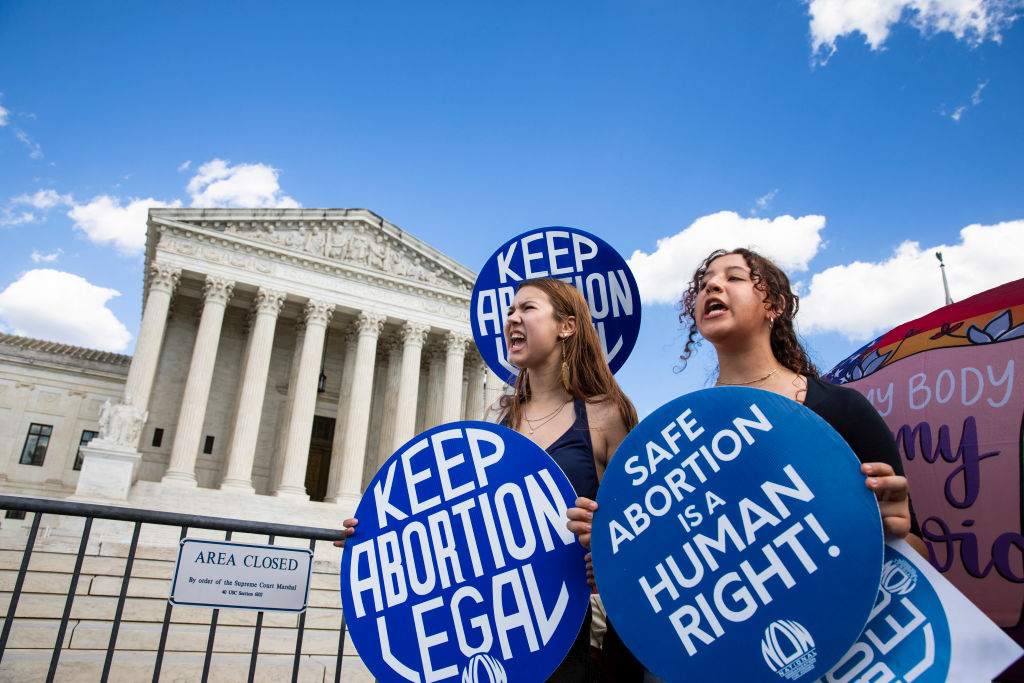Brevard County Confirms four cases of locally-acquired Dengue – WESH

Public Health Report: Locally-Acquired Dengue Fever in Brevard County, Florida
Executive Summary
The Department of Health in Brevard County (DOH-Brevard) has confirmed four cases of locally-acquired dengue fever. This development highlights a significant public health challenge and underscores the importance of addressing several United Nations Sustainable Development Goals (SDGs), particularly those related to health, sustainable communities, and collaborative action. The incidence of locally-acquired dengue in Florida has reportedly quadrupled over the past five years, with 91 cases recorded in 2024 according to the Centers for Disease Control.
Analysis in the Context of Sustainable Development Goals (SDGs)
SDG 3: Good Health and Well-being
The emergence of dengue fever directly impacts the achievement of SDG 3, which aims to ensure healthy lives and promote well-being for all. The rise in cases represents a direct threat to community health.
- Disease Symptoms: Dengue presents with flu-like symptoms, including fever, muscle aches, and rash, compromising the well-being of affected individuals.
- Public Health Burden: The increasing number of cases places a strain on local healthcare infrastructure and public health surveillance systems.
- State-Level Trends: Currently, only Brevard and Miami-Dade counties have reported locally-acquired cases this year, indicating concentrated public health hotspots requiring targeted intervention.
SDG 11: Sustainable Cities and Communities
Creating safe, resilient, and sustainable communities, as outlined in SDG 11, requires effective management of environmental health risks such as vector-borne diseases. The presence of dengue-carrying mosquitoes challenges community safety and resilience.
- Vector Characteristics: The mosquitoes responsible for transmission are active during daytime hours, increasing the risk of bites during routine daily activities.
- Community-Level Prevention: Residents are advised to take proactive measures to create a safer local environment. These actions include:
- Consistent application of insect repellent.
- Systematic elimination of standing water on personal and public property to disrupt mosquito breeding cycles.
SDG 17: Partnerships for the Goals
The response to the dengue outbreak exemplifies SDG 17, which promotes collaboration between different entities to achieve sustainable development. A coordinated effort is critical for effective disease control.
- Inter-Agency Collaboration: DOH-Brevard is working in close partnership with county mosquito control authorities.
- Integrated Response Strategy: Joint actions are being implemented to mitigate the risk of further transmission. These include:
- Deployment of targeted mosquito treatment in affected areas.
- Conducting overnight spraying campaigns to reduce the adult mosquito population.
SDGs Addressed in the Article
-
SDG 3: Good Health and Well-being
- The article directly addresses public health by focusing on the emergence and spread of dengue, a communicable disease. It discusses the health implications (“flu-like symptoms. Including fever, muscle aches, and in some cases, a rash”) and the public health response from the Department of Health (DOH) Brevard and county mosquito control. The core theme is protecting the population’s health from a specific disease threat, which is central to SDG 3.
Relevant SDG Targets
-
Target 3.3: By 2030, end the epidemics of AIDS, tuberculosis, malaria and neglected tropical diseases and combat hepatitis, water-borne diseases and other communicable diseases.
- The article’s entire focus is on a communicable, vector-borne disease (dengue). The discussion about the rising number of cases (“more than quadrupled in the locally acquired cases”) and the efforts to “reduce the risk of disease transmission” through mosquito control directly aligns with the goal of combating and controlling epidemics of such diseases.
Indicators for Measuring Progress
-
Implied Indicators
- Incidence of Dengue: The article provides specific data points that serve as direct indicators of the disease’s incidence. It states there are “four confirmed cases of locally-acquired dengue in the county” and that “Florida saw 91 locally acquired cases in 2024.” This quantifiable data is used to track the occurrence of the disease within the population.
- Trend in Disease Cases: The article explicitly mentions a trend over time, which is a key way to measure progress (or regression) towards a target. The statement that locally acquired cases have “more than quadrupled in the last five years” is a direct indicator of the worsening situation, highlighting the need for intervention.
- Implementation of Vector Control Measures: The article mentions actions being taken to combat the disease vector. These actions, such as “targeted mosquito treatment and overnight spraying,” and public health advice to “clear your property of standing water,” can be tracked as indicators of the public health response effort. Measuring the frequency and coverage of these interventions would show progress towards controlling the disease’s spread.
Summary Table: SDGs, Targets, and Indicators
| SDGs | Targets | Indicators |
|---|---|---|
| SDG 3: Good Health and Well-being | Target 3.3: By 2030, end the epidemics of AIDS, tuberculosis, malaria and neglected tropical diseases and combat hepatitis, water-borne diseases and other communicable diseases. |
|
Source: wesh.com

What is Your Reaction?
 Like
0
Like
0
 Dislike
0
Dislike
0
 Love
0
Love
0
 Funny
0
Funny
0
 Angry
0
Angry
0
 Sad
0
Sad
0
 Wow
0
Wow
0












































































